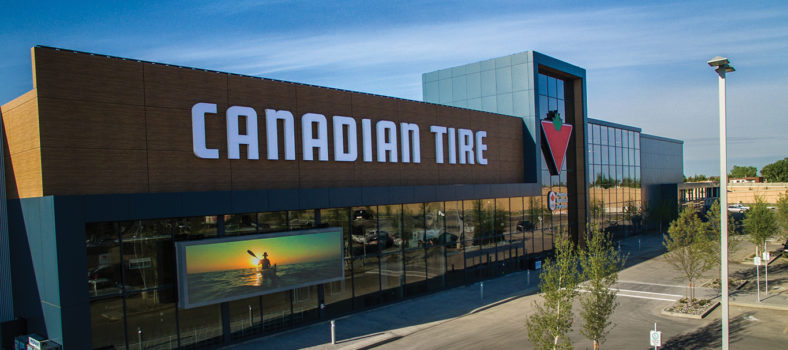 By Steve Falk
By Steve Falk
Your driver pulls up to a beautifully lit, elegant entryway. The car door is opened by the doorman. It’s drizzling, so he opens an umbrella and leads you to the door motioning for his colleagues to gather your bags.
Once inside a glowing lobby, you get smiles from the staff around you with hands outstretched guiding you to the reception desk. They offer to assist with your coat and bags. You are whisked up to your room. A welcome note and a small tray of treats awaits, “sniff, are those cookies still warm?”; the phone rings, and the voice on the line offers complimentary drinks, to be delivered along with anything else you might require. Your first impression could be compared to arriving home after school as a kid. Your mother asks about your day, a snack awaits and you are safe and at-home. And that is no accident. Studies informed the hotel industry that the comfort of a mother’s home is what, in the end, many guests desire.
Staying at a great hotel is an amazing experience. They’ve had centuries to finesse their business model. The Ritz Carlton brand is synonymous with this idea of greatness. Its recent success (pandemic era notwithstanding) can be largely attributed to the data-driven guidance of Horst Shulze, their former COO and best selling author of the book Excellence Wins: A No-Nonsense Guide to Becoming the Best in a World of Compromise.
The order of the day is loyalty and trust
Have you had an amazing eCommerce experience lately? Is there an equivalent to the smell of warm cookies in any eCommerce or digital engagement? Who is the “Ritz Carlton” of the digital experience business?
Here’s what I’m thinking. That relationships created by eCommerce transactions these days are a huge compromise and for various reasons marketers are going to have to wrestle with how to become the best in the near future. Leaders who are growing their online business must define their brand not just by making it available online, next day, same day, curbside, no charge shipping, as that’s already a given. Once everything is online, which is fast approaching, the order of the day will be loyalty and trust, in order to secure returning customers. Otherwise, your customers are just a tap, click, or swipe away from your competitor’s screen.
Up to this point, the industry’s focus has been acquiring visitors and shoppers. Unlike great hotels, less attention is paid to lifetime value and retention. In my view, it’s partly due to the way investors value eCommerce business growth in this new sector. They invest in expansion of market share, user by user, assigning a value to each new customer, giving a small nod to the problem of “churn”, which is a cold way of classifying non-loyal, uninterested customers.
Churn just happens. Investors just pour more money into acquisition to solve the business model. Since it can cost hundreds of dollars to acquire a new customer, what is a brand willing to spend to retain them and build loyalty? It probably should be more. Maybe a digital brand has to throw their customers a warm cookie more often instead of just leaving one in their browser?
Direct mail can send from online triggers
What can be learned from the hospitality industry? I’m not sure eCommerce experiences are often imagined as hospitable, with a few exceptions. Human chatbot experiences can add a personal touch, a good supporting call centre certainly improves the trust, and unboxing impressions are elevated with beautiful wrapping and hand written notes. Even well trained and personable curbside and courier staff can help to elevate the experience.
Printed mail, arriving in-hand and in-home, is even in the mix as triggered direct mail can send messages within hours of online triggers, and consistently improves outcomes. Our order of kitchen spices arrived recently, and with it an aromatic experience. A personalized handwritten note and the smell of those spices as we opened the package left a remarkable and lasting impression.
As a digital marketer or service provider, the more often that you provide an actual physical, sensory, in-person and in-hand experience, the longer your impact will last. I don’t have to remind you that if you show that you care, and respect the customer relationship then you will build that customer loyalty. Doing that through cold digital tactics alone, by email or SMS or banner ads, or social media, will only give a shadow of the impression of your more physical and “real” gestures. Digital experiences can be boosted and their performance amplified if they are accompanied by other physical channels. Ignore them and you’ll leave money on the table. The marketer who uses them in concert will build a trusting and loyal customer base.
Horst Shulze says there are three kinds of customers. Only one is your loyal customer. The others are the “unhappy customers” that will be “terrorists against your company” on social media, and the “satisfied customers” who will simply go next door for their next purchase on a whim. But “loyal customers” are willing to pay more, increase their business with you and recommend you because they know you care for them.
In that case, we all want more loyal customers.
Steve Falk is President of Prime Data. He is busy helping digital marketers exploit personalized and physical tactics which support, amplify and improve their outcomes.
** A Master Class on customer service with Horst Shulze is presented at the Growth Institute https://www.scaleupu.com/horst-schulze-excellence-wins




